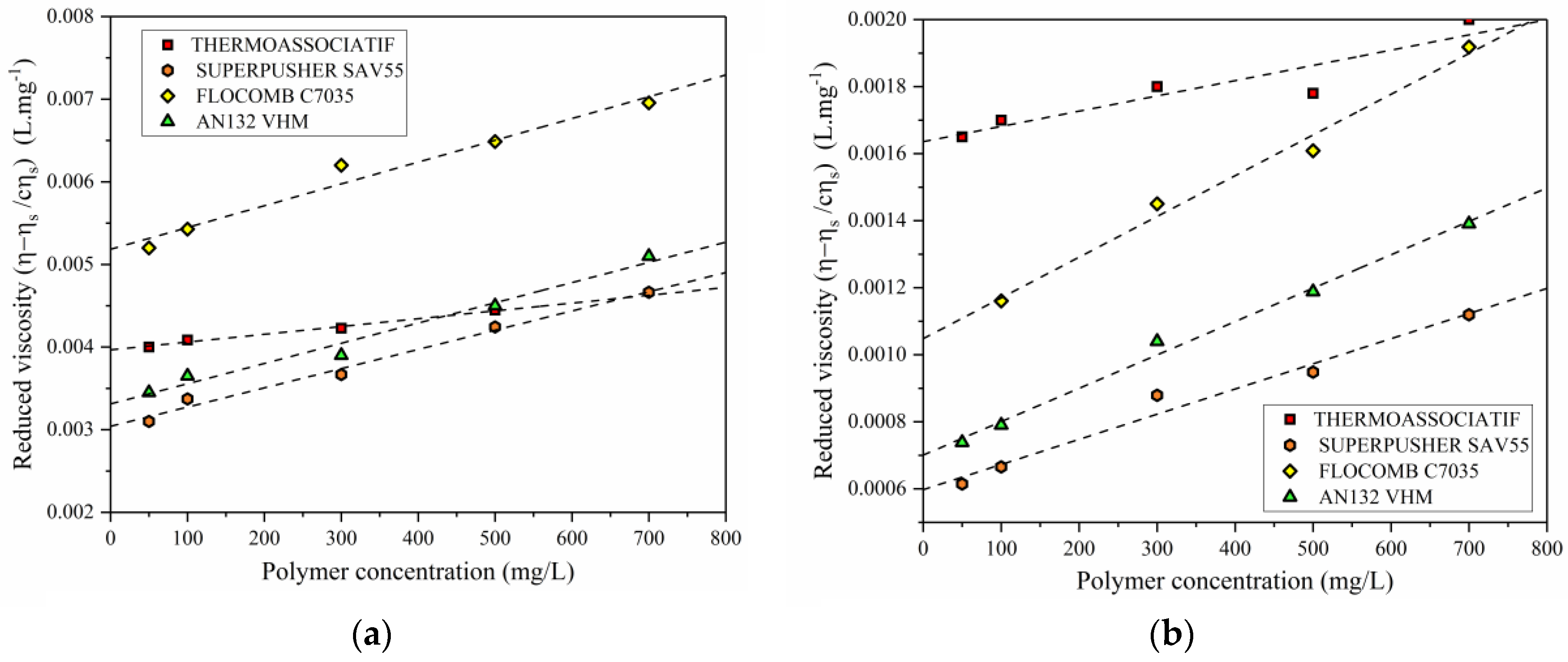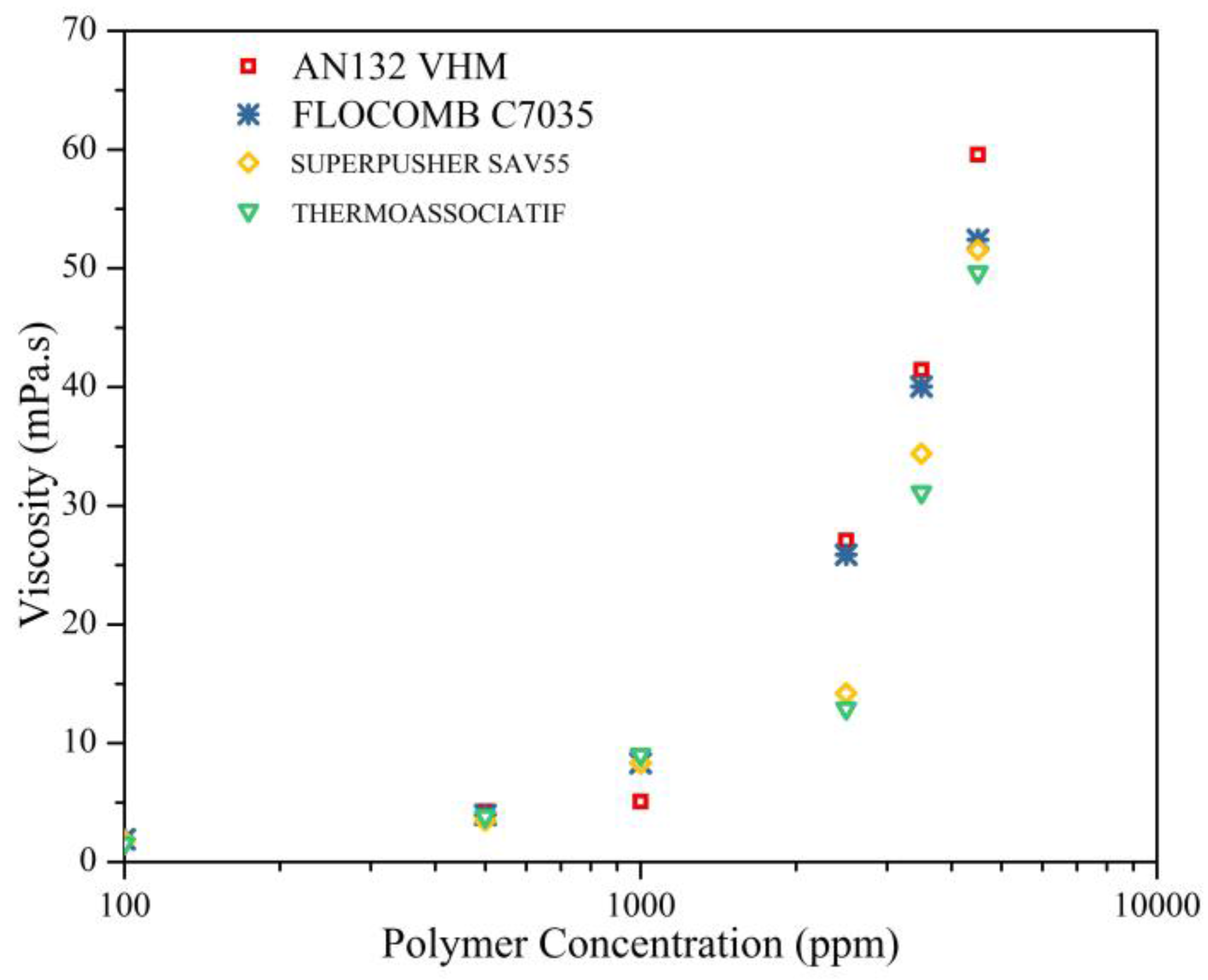
All the analysis have shown slight degradation of the long polymer chains during the dissolution and the reprecipitate polymer has lost part of (Mv) its molecular weight, softening points, and thermal stability. Many organic solvents are used for dissolution of polyolefins and PS wastes at their suitable temperatures and then followed with reprecipitation using suitable precipitator were also investigated. Analysis of their thermal treatment products, especially FT-IR, thermal analysis, and softening points analysis, have shown that polyolefins and PS polymer were degraded into their monomers or oligomers. Polyolefins represent by LDPE, HDPE and PP in addition to PS, are another widespread polymer wastes that must need to be treated. Many diols were also used on PVC for same purpose, like EG, DEG, TEG, PEG, BG and 1,4BD, and all the applied analysis and investigations, such as, the of product, FT-IR, thermal (Mv) analysis that include TG, DTG and DSC, have been shown PVC analysed in alkaline solution and in presence of diols will be converted into poly (vinyl alcohol) (PVA), and TEG was shown better results in comparison with other diols. Where DMSO has shown more suitability for dechlorination of PVC. The effects of different organic solvents, like THF, DMSO, 1,4-dioxane, cylohexanone and 2-butanone was also studied. The effect of alkaline solution concentration beside the temperature and time of dechlorination analysis method on DD% have been investigated. The degree of dechlorination percentages DD% of PVC has been calculated according to the Moher method. Second wide use polymer that was recycled is poly (vinyl chloride) (PVC). All the last mention recycling techniques according to the PET recycling results are useful, effective and reliable process but glycolysis of PET wastes is more easer practically and shows good conversion weight percentages. Other techniques of PET wastes recycling are, methanolysis, glycolysis, ammonolysis and finally aminolysis of PET waste using either hydrazine hydrate, 3-amino-1propanol or ethanolamine. All are active for hydrolysis of PET into its components, but neutral hydrolysis is more operative and efficient. In addition, acid hydrolysis and neutral hydrolysis of PET wastes. Tertiary recycling of PET wastes is another process include a lot of techniques as hydrolysis of PET wastes and even hydrolysis include many method types, such as alkaline hydrolysis of PET wastes with and without catalyst.
.jpg)

Direct thermal cracking and thermal cracking in present of solvent and catalyst would lead to complete degradation of PET into its constituent monomers. Direct thermal cracking or thermal cracking in nitrobenzene and thermal cracking in ethylene glycol and benzoyl peroxide or AIBN as solvent and catalyst respectively, were applied and in both processes. Polyethylene terphtalate (PET), the thermoplastic polyester polymer of the highest quantity find in landfills, has been recycled in the following work using thermal cracking with different technique. Otherwise, the accumulation of polymer wastes in the landfills will become one of the biggest problems face the community. In the same time recycling of polymers must be a part of social education and of the peoples habits.

Recycling of consumed commercial polymers is considers as one of the more important sciences that must be take care of and chemists and engineers are also cooperate in order to develop the techniques of polymer’s recycle.


 0 kommentar(er)
0 kommentar(er)
